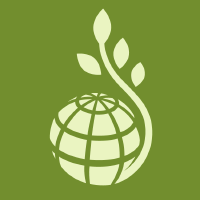Do Relocated Villages Experience More Forest Cover Change? Resettlements, Shifting Cultivation and Forests in the Lao PDR
This study explores the relationships between forest cover change and the village resettlement and land planning policies implemented in Laos, which have led to the relocation of remote and dispersed populations into clustered villages with easier access to state services and market facilities. We used the Global Forest Cover Change (2000–2012) and the most recent Lao Agricultural Census (2011) datasets to assess forest cover change in resettled and non-resettled villages throughout the country.












